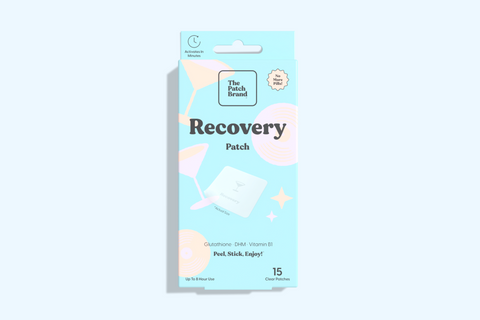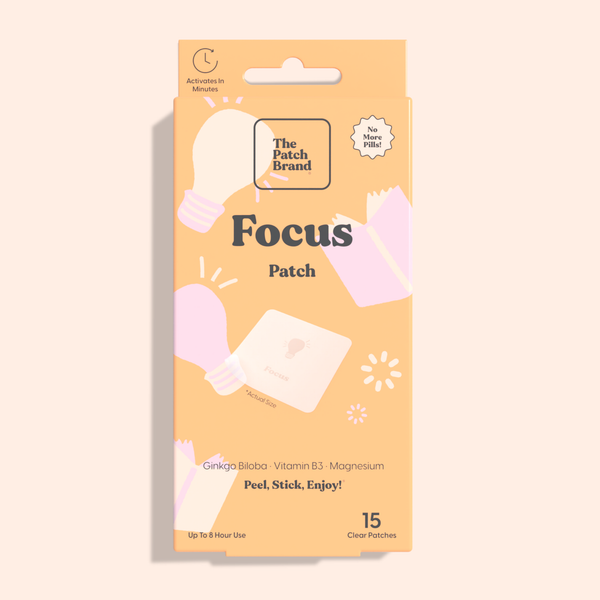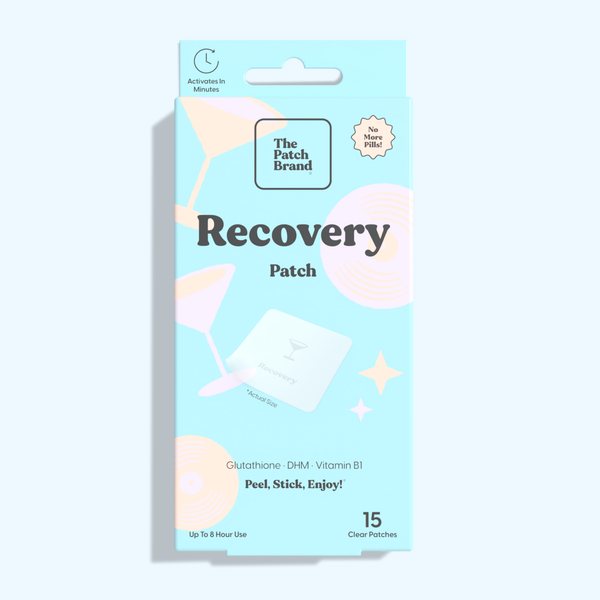What is Vitamin D Deficiency?
Vitamin D deficiency occurs when the body doesn't get enough to maintain its health. This can happen due to several reasons such as lack of sunlight, poor diet, and medical conditions that affect the body's ability to absorb vitamin D. Some factors can increase the risk of vitamin D deficiency, including age, dark skin, obesity, and geographic location.
Signs and Symptoms of Vitamin D Deficiency
Weakness and Fatigue
A common
indicator of vitamin D deficiency is a pervasive sense of weakness and fatigue. This isn't just about feeling tired; it's a profound exhaustion that doesn't improve with rest. Vitamin D plays a crucial role in energy production and muscle function. Insufficient levels can lead to a decrease in the efficiency of muscle fibers, particularly in the skeletal muscles, impacting physical stamina and strength. Individuals with vitamin D deficiency might find it challenging to perform routine tasks, experience increased daytime sleepiness, or struggle with a general feeling of being unwell. This fatigue can also contribute to mood changes, further amplifying the sense of lethargy and disinterest in daily activities.
Bone Pain
Vitamin D is integral to bone health as it facilitates calcium absorption in the gut, which is essential for maintaining strong bones. Deficiency in vitamin D can lead to a reduction in calcium absorption, resulting in lower bone mineral density. This condition makes bones weak and more susceptible to aches and pains, particularly in weight-bearing bones such as the spine, legs, and pelvis. Adults experiencing vitamin D deficiency might feel dull, chronic pain, or a sharp, severe ache in these areas, which can be mistaken for signs of arthritic conditions or other orthopedic issues.
Hair Loss
In addition to being associated with non-scarring hair loss, or telogen effluvium as it is medically called, vitamin D deficiency can worsen disorders like alopecia areata, which causes patchy hair loss. The role of vitamin D in hair follicle cycling is crucial as it stimulates hair follicles to grow, and without adequate amounts, new hair growth can be inhibited. This type of hair loss is often diffuse, affecting the entire scalp rather than just isolated areas. Restoring vitamin D levels can sometimes lead to the reversal of hair loss if deficiency is the underlying cause.
Impaired Wound Healing
Vitamin D plays a significant role in wound healing through its anti-inflammatory properties and its ability to modulate the body's immune response. A deficiency in this vitamin can lead to a slower healing process, which can be particularly problematic for surgical patients or those with chronic wounds, such as ulcers. The delay in healing is due to impaired formation of new blood vessels and reduced production of compounds necessary for tissue repair. This can increase the risk of infections and complications in wounds, making timely and adequate vitamin D intake critical for recovery.
Weak Immune System
It helps to activate the immune system's defenses against pathogens. A deficiency can impair the ability of white blood cells to function effectively, reducing the body's ability to fight off infections. This can result in an increased susceptibility to both acute illnesses, like the flu or the common cold, and more severe infections. Regular monitoring and maintaining adequate levels of vitamin D can significantly contribute to enhancing immune response and reducing the incidence of infectious diseases.
Delayed Growth and Development
In children, vitamin D is essential not just for bone health but also for overall growth and development. Deficiency in vitamin D during critical growth periods can lead to delayed physical development, particularly affecting the development of bone structure and strength. This can manifest as a delay in reaching growth milestones, reduced height, and sometimes even deformities in bone structure such as rickets, a condition characterized by softening and weakening of bones in children. Ensuring sufficient vitamin D intake during childhood is crucial for promoting healthy growth and avoiding developmental delays.
Bone Fractures
Vitamin D deficiency can significantly increase the risk of bone fractures, especially in the elderly, due to its role in calcium absorption and bone metabolism. Without adequate vitamin D, bones can become thin, brittle, or misshapen, leading to an increased risk of fractures even with minor falls or injuries. This condition, often associated with osteoporosis, makes it essential for individuals, particularly post-menopausal women and older adults, to monitor and maintain healthy vitamin D levels to preserve bone density and strength.
Cognitive Impairment
Deficiency has been associated with a greater risk of cognitive decline, including conditions such as dementia and Alzheimer’s disease. It is believed that vitamin D may help clear amyloid plaques in the brain, which are linked to the development of Alzheimer’s disease. Symptoms of cognitive impairment due to vitamin D deficiency can include difficulties with memory, attention, problem-solving, and orientation. Maintaining adequate vitamin D levels is essential for cognitive function and may help in delaying or preventing the onset of cognitive impairments in the elderly.
Diagnosing Vitamin D Deficiency
The primary diagnostic tool for assessing vitamin D levels is a blood test, specifically measuring the concentration of 25-hydroxyvitamin D (25(OH)D), the most stable form of the vitamin in the blood. This test is considered the most reliable indicator of an individual's vitamin D status. Normal vitamin D levels typically range from 30 to 100 nanograms per milliliter (ng/mL), providing a broad framework within which individuals can assess their vitamin D status. However, the range for optimal health is often debated among experts, with many suggesting a narrower target range of 50-80 ng/mL to ensure sufficient vitamin D for all its physiological roles.
Interpreting the results of a vitamin D test can be complex and varies by individual, making it essential to consult healthcare professionals. Factors such as age, geographic location, skin color, and lifestyle can significantly influence vitamin D synthesis and needs. For example, older adults, individuals with darker skin, those living in northern latitudes, or those who spend little time outdoors may require higher intakes of vitamin D to maintain optimal levels.
Prevention and Treatment of Vitamin D Deficiency
Sun Exposure
Sun exposure is a primary natural source of vitamin D synthesis in the skin. When ultraviolet rays from sunlight strike the skin, they trigger the production of vitamin D3, a crucial process for bone health and immune function. While beneficial, it's vital to manage sun exposure to minimize the risks of skin damage and cancer. Dermatologists generally recommend about 10-15 minutes of direct sun exposure daily, particularly during midday when UVB rays are strongest, for individuals with light to medium skin tones. For those with darker skin, a little longer exposure may be necessary due to higher melanin levels which reduce UV penetration. To protect against overexposure, using sunscreen after the initial 10-15 minutes is advisable, as well as wearing protective clothing and seeking shade.
Vitamin D-Rich Foods
Incorporating a variety of vitamin D-rich foods into your diet is an effective way to ensure you meet your daily requirements. Here's an expanded look at some of the best dietary sources of vitamin D:
-
Fatty Fish: Salmon, mackerel, and sardines are not only rich in heart-healthy omega-3 fatty acids but also excellent sources of vitamin D. A single serving of cooked salmon can provide up to 100% of the recommended daily intake. These fish absorb vitamin D through their skin as they swim, making them naturally potent sources.
-
Egg Yolks: While eggs are more renowned for their protein content, the yolks are also a handy source of vitamin D. Depending on the diet of the hen, one yolk can provide a significant percentage of your daily vitamin D needs. Eggs from free-range chickens, which are exposed to sunlight, typically have higher vitamin D levels.
-
Fortified Foods: To combat vitamin D deficiency, many countries fortify common foods such as milk, orange juice, and breakfast cereals. This strategy ensures that various populations, regardless of their dietary preferences, can access this essential nutrient. A single glass of fortified milk or orange juice can contribute significantly to the daily vitamin D requirement.
-
Cod Liver Oil: This traditional supplement is a potent source of vitamin D. Historically valued for its effectiveness in preventing rickets in children, one teaspoon of cod liver oil delivers more than the necessary daily intake of vitamin D, along with other beneficial fats and vitamin A.
-
Mushrooms: Unique among vegetables, mushrooms can synthesize vitamin D when exposed to UV light, much like humans. The vitamin D content in mushrooms varies widely depending on the amount of UV light they are exposed to during growth. Some commercially grown mushrooms are treated with UV light to increase their vitamin D levels.
-
Beef Liver: Although not as popular as other cuts of meat, beef liver is a substantial source of vitamin D. It is also rich in iron and vitamin A, making it a nutritional powerhouse. A small serving can provide a significant portion of the daily requirement for several essential nutrients.
-
Cheese: Certain types of cheese, like Swiss and cheddar, contain small quantities of vitamin D. While cheese shouldn't be relied on as a primary source due to its modest vitamin D content, it can still contribute to your overall daily intake, especially when combined with other sources.
-
Butter: Although butter contains only small amounts of vitamin D, it adds a supplemental dose that can enhance your total dietary intake. Incorporating butter into your diet, in moderation, can help contribute to your vitamin D levels alongside other sources.
-
Tofu and Soy Milk: For those who follow a vegan or vegetarian diet, fortified tofu and soy milk are excellent alternatives to animal-based vitamin D sources. Many brands of tofu and soy milk are fortified with vitamin D, along with other nutrients, making them valuable additions to plant-based diets.
Ensuring you get enough vitamin D from your diet or supplements is important, especially in areas with limited sunlight exposure. For individuals who cannot achieve the recommended intake through diet alone, supplements may be a necessary addition to meet their health needs effectively.
Vitamin Patches
The
best vitamin patches offer a novel method for supplementing vitamin D without needing to take oral supplements. These patches work by delivering vitamins directly through the skin into the bloodstream, utilizing a transdermal delivery system. This method can be particularly advantageous for individuals who have difficulties with oral ingestion, such as those with gastrointestinal issues or older adults who may face challenges with pill-based supplements. The effectiveness of
vitamin D patches in maintaining adequate serum levels of vitamin D has been supported by various studies, though outcomes can vary based on the specific formulations and usage. It's important to choose patches that are clinically tested for efficacy and safety, free from harmful additives, and provide a sufficient dosage of vitamin D to meet individual health needs.
Adopting certain lifestyle changes can significantly impact vitamin D levels and overall health. Making these adjustments not only helps in managing your vitamin D levels but also contributes broadly to your general well-being. Here are key strategies to consider:
It’s important to approach these changes as part of a broader commitment to healthier living. As always, consulting with a healthcare provider can also provide personalized guidance to optimize your vitamin D levels based on your specific health profile.


























